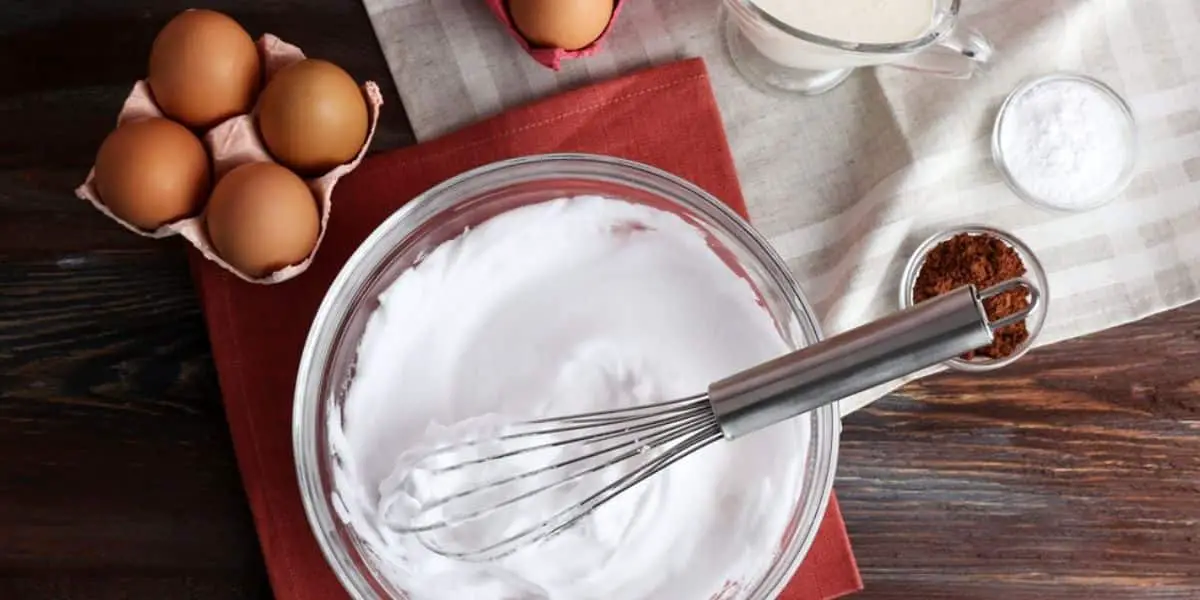Blenders are one of the most popular small appliances in the world.
They can be used for anything from mixing salad dressings to making smoothies, and it’s not uncommon to see them sitting on kitchen counters across America.
But how loud are they really? If you’re sensitive to noise or just want a quieter blender, this blog post is for you!
How Loud Is A Blender?
The sound of a blender can be anywhere from 60 to 100 decibels. The sounds of this kitchen appliance – from the whirling blades to ice and fruit being blended together – are equivalent in volume to that of an ambulance siren or lawnmower!
Reasons Why Your Blender Is Loud

Every blender is loud. It’s a fact of life that you just have to deal with when buying one, but there are some out there that are quieter than others.
Blenders have two main pieces: the blade and the jar (or pitcher).
The blades spin around really fast inside of whatever container it’s in.
This makes noise, and since blenders can’t go on without blades spinning, they’re always going to be loud.
Let’s look at some of the reasons why your blender is producing a lot of noise –
1. If The Blender Is On A Hard Surface, It Will Be Louder
If the blender is on a hard surface, it will be louder than if it were set on a soft surface such as a carpet or rug.
The vibrations from the blade hitting the bottom of the container cause more noise if there are many objects in that particular area because they get smashed together with each rotation of the blade resulting in extra vibration sounds being made while blending.
2. The More Ingredients In The Blender, The Louder It Will Be
The more ingredients in the blender, the louder it will be.
This is a natural consequence of physics: when you put more stuff into an object, that object becomes heavier and has a harder time moving.
The same thing happens with sound waves – they need to bounce off something to create noise.
So for every added ingredient or piece of food in the blender’s container, there are more surfaces for sound waves to reflect off and produce noise.
So what does this mean? It means that if you’re looking for a silent blender (or just want to reduce how much noise your mixer makes), then make sure it has less than 1 cup worth of things inside it at any given time!
3. A Loud Blender Can Also Indicate That There Are Too Many Ice Cubes In The Mixture.
Blenders are often used to mix up drinks, but a loud blender can also indicate that there are too many ice cubes in the mixture.
If you notice your blender is noisier than usual, try removing some of the ice cubes and see if the sound level decreases.
4. Blenders With Blades At Different Heights Produce Different Sounds When They Blend
Blenders with blades at different heights produce different sounds when they blend.
The blender that has a blade on the bottom is often louder than one with a blade on top, but both are quieter than a typical food processor.
The sound of these blenders depends on where the blade is positioned in relation to its surroundings and how much air it needs to move through.
5. Powerful Blenders Tend To Be Noisy
Blenders mix ingredients by whipping up air bubbles in liquids and pulverizing solids into smaller pieces.
This requires powerful motors that can create enough force to do these tasks quickly and efficiently.
The problem is that this power comes with noise, which is where blenders get their name from: “blending” means “agitating.”
6. Cheaper Blenders Tend To Be Louder
It is an unfortunate truth that the most affordable blenders are also usually the loudest.
A good blender should be able to blend any food without making a lot of noise, but cheaper models often have trouble with more than one or two items at a time.
If cost is your top concern then there are still plenty of great options that won’t leave you deafened by their motor’s roar.
Hahah oh wow. My @Vitamix blender tripped the loud noise alert on my apple watch. First time I’ve seen this alert. pic.twitter.com/HWqmrlX5vN
— Scott (@Scotty_McQ) April 18, 2021
Can You Reduce The Sound Made By A Blender?
Yes, you can reduce the sound made by a blender.
The easiest way to do this is with an enclosure of some kind that will contain and dampen any noise it makes while blending your food or drink ingredients together into smoothies for example!
Here are some awesome ways to reduce blender noise.
DIY Sound Enclosure For A Blender
You can make a DIY sound enclosure for your blender by using the following materials:
- A cardboard box with holes cut out on one side to allow airflow and noise through.
- A lid can be used to cover the holes.
The first step is to cut out a hole on one side of the container or box for airflow and noise through.
The second part would be cutting holes in either end so that you can place your blender inside it with enough room around all sides, but not too much space as this will allow sound waves from within its walls to escape into other areas.
The third step is to place the blender inside of it with enough room around all sides.
The last step is to place the lid on top when in use or during blending so no dust gets onto your appliance and also contain any noise coming from within its walls, this can be done by using a cloth that you would tie around it with some elastic bands for easy removal afterward.
Related Post: Vitamix Noise Comparison: Is It Loud?
Conclusion
As mentioned in this post, a blender can be a noisy appliance, but there are ways to reduce the noise it makes.
One way is by using soundproofing materials like insulation or foam and lining your walls with them so that they absorb any unwanted sounds coming from inside of their home
Another option would also include placing an enclosure around where you place this blender when in use. You can even make your own blender sound enclosure.



